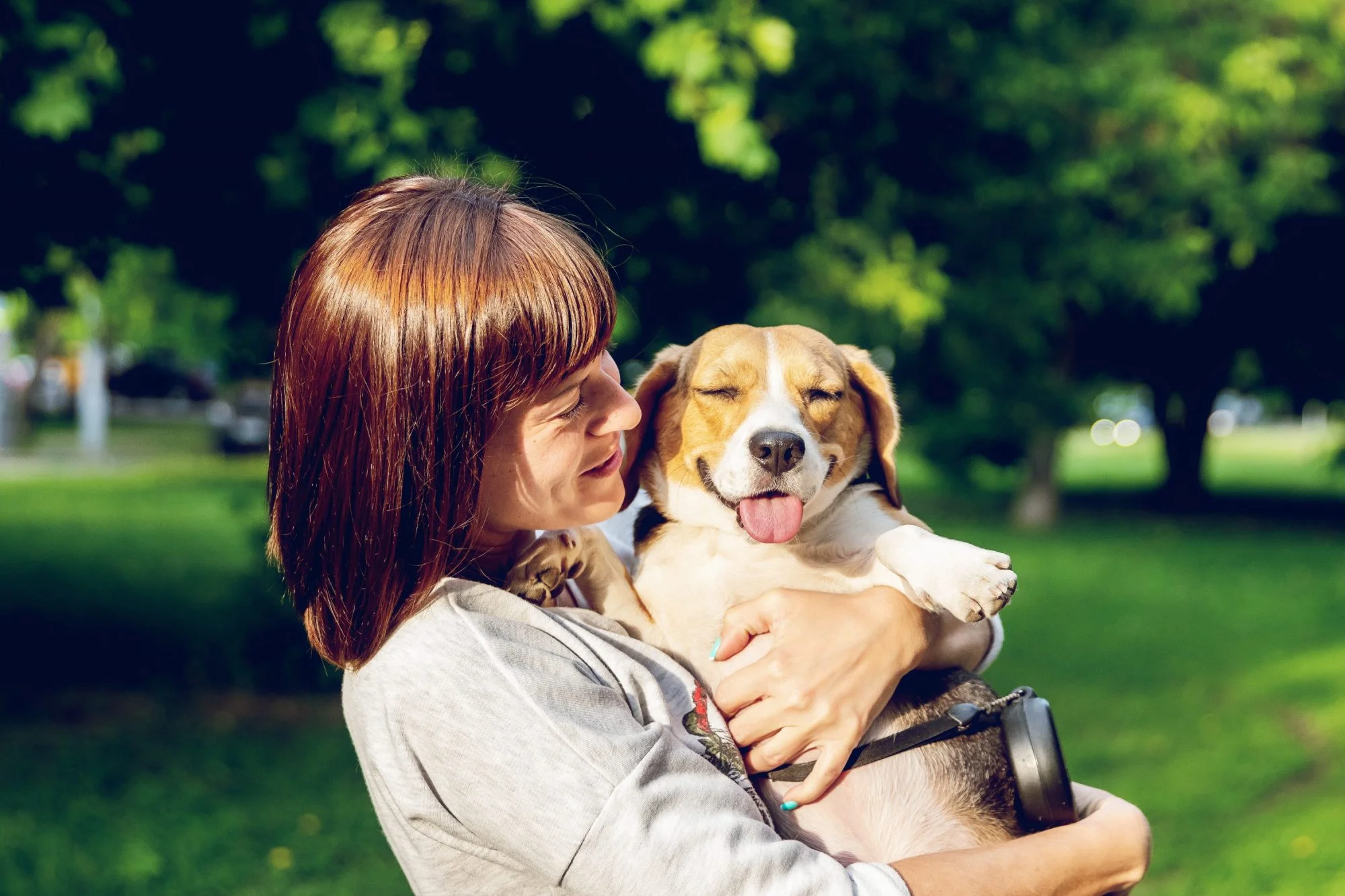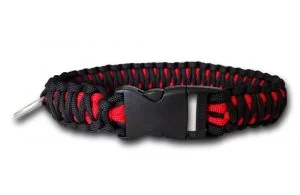The benefits of Therapy Dogs
It is often said that the best therapists have fur and four legs. As dog owners, we don’t need research to tell us the benefits they bring to our lives. The unconditional love, the dependence on you to care for their needs, the fun of play and joy of companionship are all self evident to us and we love and care for them in return.
But a number of studies have shown increasing evidence which supports the positive impact pets have on our physiology and psychology, by reducing stress levels, lowering blood pressure and heart rates. As a result, therapy dogs are increasingly being used in institutions such as hospitals, nursing homes, schools and even prisons for a wide range of benefits.
What is a therapy dog?
The Society for Companion Animal Studies (SCAS) says that a ‘therapy dog’ is a general term, offering a wide rang of therapeutic benefits via a range of activities. A therapy dog is not an assistance dog, which are trained to perform specific tasks for a disabled owner and are permitted to accompany their owner at all times, in all places. Therapy dogs take part in volunteer visiting programmes and organised activities to provide benefits including:
- Comfort & affection
- Increase confidence and social skills
- Reduce stress & anxiety
Visiting dogs have proven to be a welcome distraction for hospital patients and help reduce loneliness and agitation in those living with dementia. Many elderly care residents have to say goodbye to their pet when admitted into long term care, and miss their companions terribly. A visit from a therapy dog therefore can be a weekly highlight and lift the spirits of residents and staff alike. In 2018 the Royal College of Nursing published a protocol to support organisations considering working with dogs in health care settings, to help overcome the challenges and barriers to welcoming animals into such environments by effectively managing health & safety concerns, including dealing with allergies and phobias. In schools, therapy dogs can be used as reading buddies to increase confidence. Dogs are non-judgemental listeners who don’t become frustrated if a child stumbles over a word, helping to improve self esteem and nurturing a love of reading.
Could my dog be a therapy dog?
Any breed of dog can be a therapy dog, the most important characteristic is temperament. Therapy dogs need to be friendly & gentle, enjoy human contact and be calm around unfamiliar people and stimuli. Consider the types of establishment the dog might visit and the people within. The risks for example in a hospital are that an anxious dog who reacts to strange noises might accidentally pull out a patients IV line!
There are a number of organisations who provide visiting services to various types of establishments across the UK and the Kennel Club also co-ordinates a ‘Bark & Read’ school reading programme.
All potential therapy dogs will require a suitability assessment before being accepted into a scheme. The assessment criteria will vary in detail from one organisation to another but will include a review of the owners control of the dog in addition to the dogs behaviour. Dogs are therefore carefully selected and jumping up for example, pulling on lead and snatching food are behaviours which would not be acceptable and further training would be recommended before applying to volunteer. Dogs will also be expected to be fully vaccinated and treated for fleas. Being part of an accredited scheme offers assurances through assessments and protocols that the Therapy Dog visit will be a successful and enjoyable experience for everyone taking part.
Thinking about volunteering?
-
Deerhound Rhodry volunteers to help children at a local school with their reading.
What is it like to be a Therapy Dog?
Rhodry is a Scottish Deerhound who, along with his owner Sophie Wallace, volunteers as a reading dog under the Bark & Read scheme with Therapy Dogs Nationwide. I asked Sophie about their experience to find out what it’s really like…
1. Scottish Deerhounds are large sighthounds bred in the 19th Century to hunt deer in the Highlands. What behaviours made Rhodry suitable as a therapy dog?
Rhodry is exceptionally calm and placid, even for a Deerhound. He was brought up with my children and loves them. He has always adored it when they were being read to. He walks very well on the lead without pulling, which is a requirement for a Therapy Dog. Rhodry loves obedience and training work, which means he is good at listening to what I ask him to do, which is also useful as a Therapy Dog.
2. Why did you decide to volunteer Rhodry as a therapy dog?
Rhodry loves going out and meeting new people, he also loves children and would always come and sit with us if my children were being read to when they were little. Rhodry had done some showing as a puppy and had also done film work- so going to new situations and potentially noisy or busy environments was something he was used to and enjoyed. I’d read about Therapy Dogs and thought it sounded really interesting and a nice way to volunteer.
3. What was the process?
A friend recommended the charity Therapy Dogs Nationwide. I got their list of assessment criteria so I could see what they looked for when the dogs do their test. Rhodry was still puppyish at this stage, so I waited for a few months for him to mature a bit more and used the time to work on training- taking him out to new situations, walking on lead without pulling etc. When he had just turned two, I booked his assessment date (Deerhounds take a long time to grow up as they are a giant breed). The assessment was done in a public place and Rhodry behaved very well- the assessment includes things like making sure the dog doesn’t jump up on everyone, is happy to be groomed by the owner, doesn’t get scared by sudden noises and doesn’t lick people in the face. Rhodry passed his assessment with flying colours, then I had to apply which included providing personal references and then we were delighted to be accepted as Therapy Dogs.
4. What type of establishments to you visit and how often?
I wanted to do the Bark and Read scheme, where children read to the dog and this has been proven to improve their reading, self-esteem and behaviour. As Rhodry adores being read to, and our children were growing up this seemed perfect for him. So we visit two local primary schools every week. To my knowledge, Rhodry is the only properly tested and certified Therapy Dog where we live. He was the first one for our Local Education Authority, so they had to read up on it, but then were delighted to have him. Having a properly tested and certified Therapy Dog is much better for schools as it means they know the dog has been assessed, and because we are with Therapy Dogs Nationwide, the school has the back up of the organisation in terms of risk assessments, proper insurance, proper policies and procedures that we follow. We started with one school, once we had been CRB checked, we began our weekly visits. The children from the second school then told staff they really wanted a Reading Dog as they call him, as Rhodry is the only Therapy Dog on the island where we live, we couldn’t say no and started visiting them too.
5. Have you observed the benefits his visit brings to people for yourself?
Yes. Everyone loves Rhodry. It’s been wonderful to see children’s reading improve (the thinking behind it is that if they lack confidence reading, reading to the dog helps because the dog won’t tell them off if they get something wrong). It benefits their behaviour because they need to be well behaved to have Rhodry time, and they try really hard at this. They all get stickers every week if they have read well, so this also encourages them to try hard at their reading. Sometimes we come across children who are scared of dogs. We only ever have children who want to read with Rhodry so don’t do reading with children who are scared of him, but we see them out and about in school and it’s lovely to see them go from scared to curious and then eventually pluck up courage to pat him and then they aren’t scared of dogs any more. The staff also benefit from Rhodry coming- they love to see him and talk about their weekly Rhodry therapy time.
6. Does Rhodry enjoy it?
Yes he does. He loves the attention, and also loves being read to. He gets to go on a nice walk afterwards and enjoys that too, so it is a nice trip out for him.
7. What is your proudest moment for Rhodry as a therapy dog?
It’s been wonderful helping all the children we see with their reading, but I think the most rewarding has been seeing a child who was previously terrified of dogs, and Rhodry because of his size, come and give him a big cuddle after a few months of seeing him around school every week and very gradually overcoming their fear. I was also very proud of Rhodry being chosen to represent Therapy Dogs at Crufts when we were asked to do a reading session on the Kennel Club stand.
So it seems therapy dogs are mutually beneficial and rewarding for both the service user, the volunteer and the dog taking part! If you think your dog has what it takes why not search for an organisation in your area and apply for an assessment? You could make a valuable contribution to your community and your dog will make lots of new friends!
You can read more about Rhodry’s experience as a therapy dog in Sophie’s book, Rhodry goes to school, available from Amazon.
Where shall we go next?
Check out my classic dog collars
Or calming and relaxing snuffle mats





